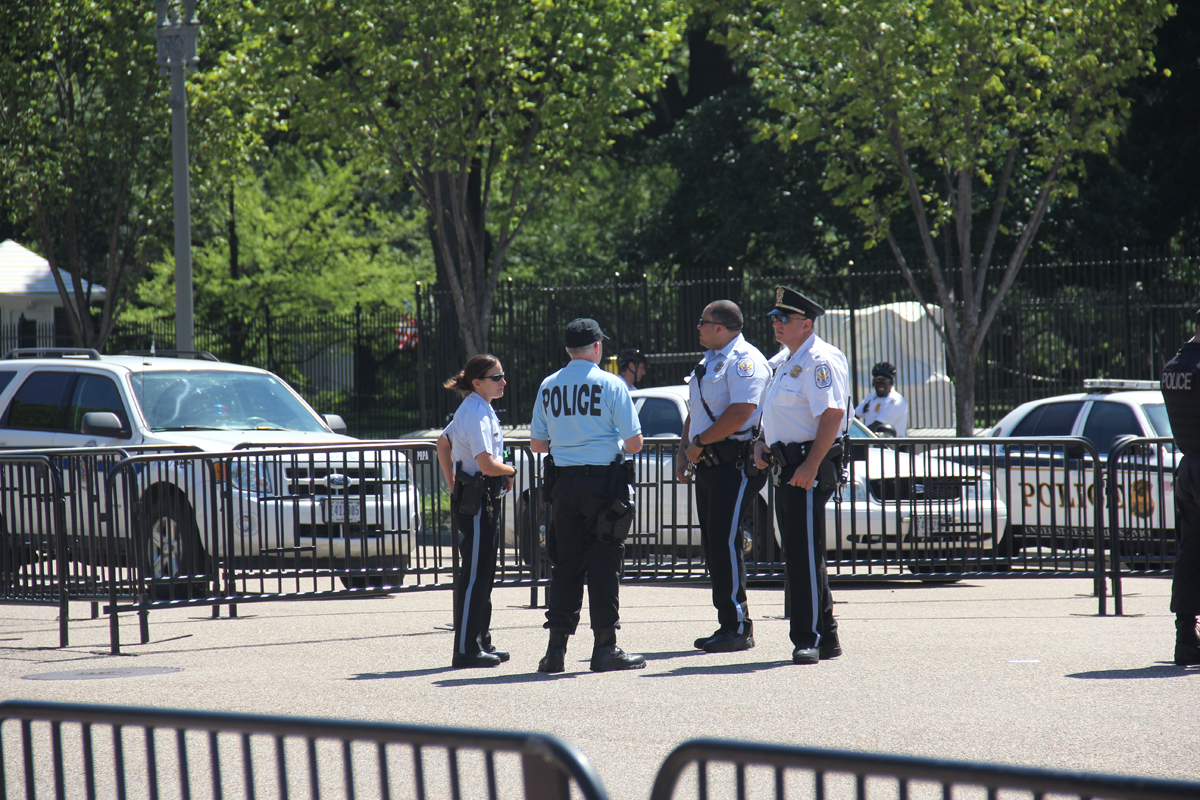WASHINGTON – Parades, fireworks and barbecues are annual July 4 traditions. So are reports of terrorist threats. And that makes Americans less likely to take them seriously even though this year’s situation is new, experts say.
“I think after a while it becomes like the boy who cried wolf, because every year you keep making these announcements and we don’t see any attack,” said Colin Clarke, an associate political scientist who researches counterterrorism and the Middle East at RAND Corporation.
Clarke noted that the routine nature of the annual warnings is “not necessarily reassuring.”
This week, the Department of Homeland Security, FBI and National Counterterrorism Center issued a joint intelligence bulletin to law enforcement across the U.S. warning of threats from extremists tied to Independence Day.
“They can’t not put out a warning, even if they have no indication of increased threat,” said former FBI senior official Christopher Voss. “If an attack occurs, they would have no defense for not putting out a warning.”
Voss, Clarke and other homeland security experts said these raised alerts could be less about safeguarding the public than making certain that the government is on the record about the seriousness of the threat should something happen.
“What’s the alternative? Not take these things seriously then have something happen? If it ends up being overblown, I’ll take that 10 times out of 10 over the alternative,” said Clarke.
But the experts also agreed that Independence Day presents unique conditions ripe for an enhanced threat.
“Prominent occasions on which large crowds can be expected to gather, as is true of Independence Day–which, of course, also has prominence as the national day of the United States–are always inviting targets for terrorists,” said Paul Pillar, a nonresident senior fellow at the Brookings Institution.
And a DHS official, who spoke on the condition of anonymity, said, “We have seen repeatedly calls for violence over the past year by leadership and supporters of the Islamic State of Iraq and the Levant against members of the military and military installations, law enforcement, the U.S. government, and the American public. These threats are always taken seriously and we continue to work with state and local law enforcement to ensure their safety.”
Edward Clark, homeland security expert and principal consultant for Executive Interface, LLC, a security consulting group, said the psychological impact of a terrorist attack on Independence Day cannot be underestimated.
“When you kill five Americans on August 5 it’s a tragedy. When you kill five Americans on July 4, it’s a national travesty,” Clark said.
He also said increasing security may reduce the consequences should an attack occur.
“Our security system is the thing we have the most control over, so that’s where we direct our efforts,” said Clark.
But the added anticipation of threat could lead to false alarms. Thursday’s Washington Navy Yard incident highlighted the preparedness to respond to potential threat attacks — or even non-attacks.
Reports of possible gunshots triggered a massive law enforcement response at the U.S. Navy’s oldest shore establishment, where ultimately no evidence of a shooter or shooting were found according to the Washington Metropolitan Police Department.
“Pre-holiday nervousness about terrorism in the nation’s capital may have contributed to a false alarm and over-reaction in that incident,” said Pillar.
Clarke, the Rand official, added that the 2013 Navy Yard shooting incident, in which 13 were killed, and the Islamic State attacks across the world have created a “perfect storm” of pre-July 4 anticipatory edge.
The political scientist also noted that challenges with verifying threats made on social media distinguish this year’s July 4 terror risk from years past.
“How do we verify this person is who they say they are, or that they’re going to do what they say they’re going to do?” said Clarke.
“… You’ve heard the phrase ‘needle in a haystack,’ But with social media, we’re now looking for a needle in a needlestack.”
John McLaughlin, former CIA deputy director who is now a scholar at Johns Hopkins University’s strategic studies center, said the “ever-present potential for surprise” is likely a reason for the alerts but noted terrorists operate on their own timelines.
“They tend to strike when they are ready, when they have done the reconnaissance and prepared the work,” he said, “seldom on a schedule driven by particular dates.”
Published in conjunction with


